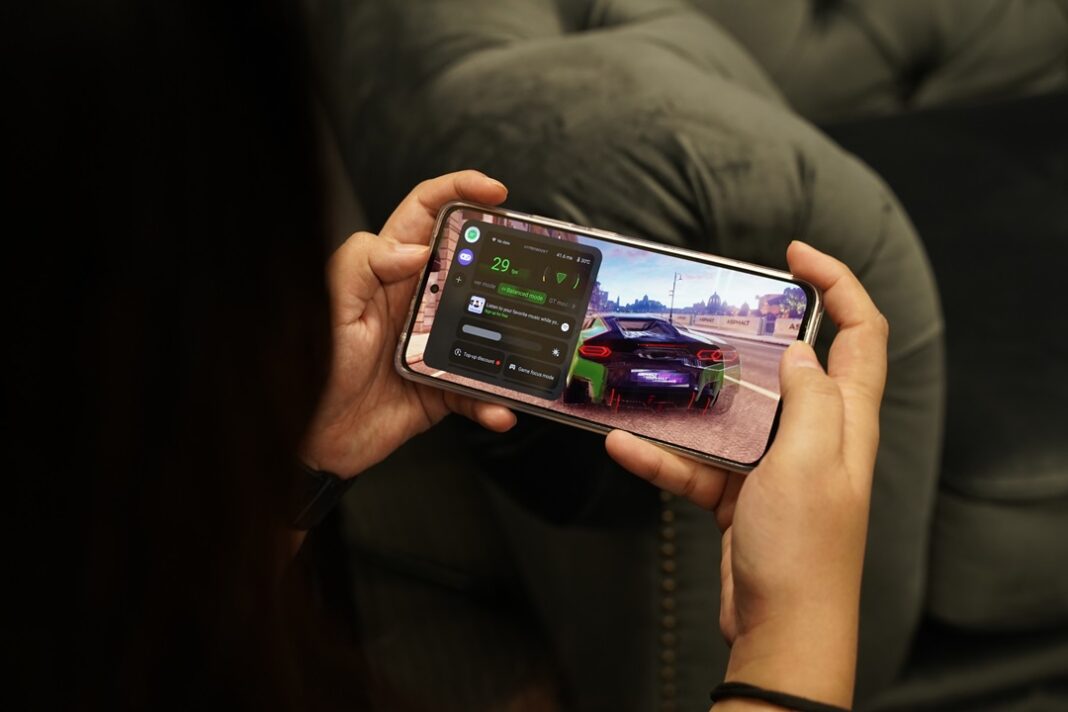If you’re on the lookout for a midrange phone that can handle decent gaming sessions, the realme 13+ might just be your next pick. With its Dimensity 7300 Energy processor, 12GB of RAM (plus up to 14GB of virtual RAM extension), and a generous 256GB of internal storage, the realme 13+ packs serious heat under the hood for a midrange device.
But specs are one thing, let’s see how it really performs when you fire up some of the top mobile games.
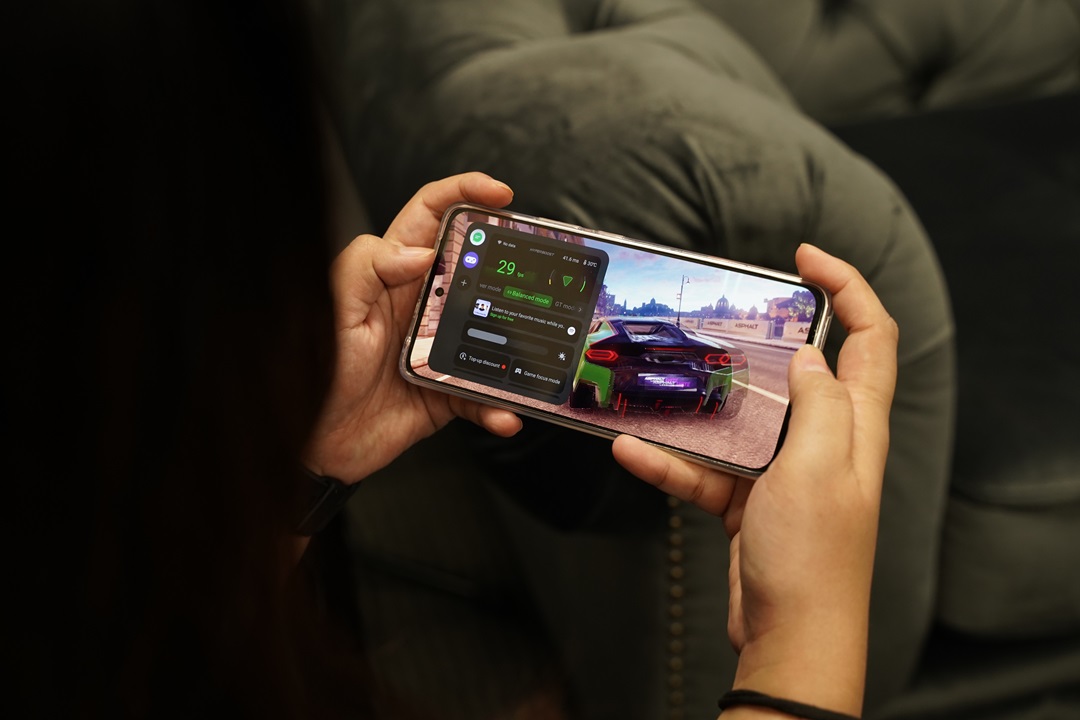
Benchmark Results
Before jumping into the actual gaming experience, we ran some benchmarks to see what kind of power we’re dealing with here:

- Geekbench 6 CPU Benchmark (Single-Core Score): 1048
- Geekbench 6 CPU Benchmark (Multi-Core Score): 2970
- 3DMark Sling Shot: 6660
- 3DMark Sling Shot Extreme – OpenGL ES 3.1: 5166
- 3DMark Wild Life: 3181
- PCMark Work 3.0 Performance: 13639
Now that we’ve got the numbers, let’s see how they translate into real-world gaming.
Asphalt Legends Unite
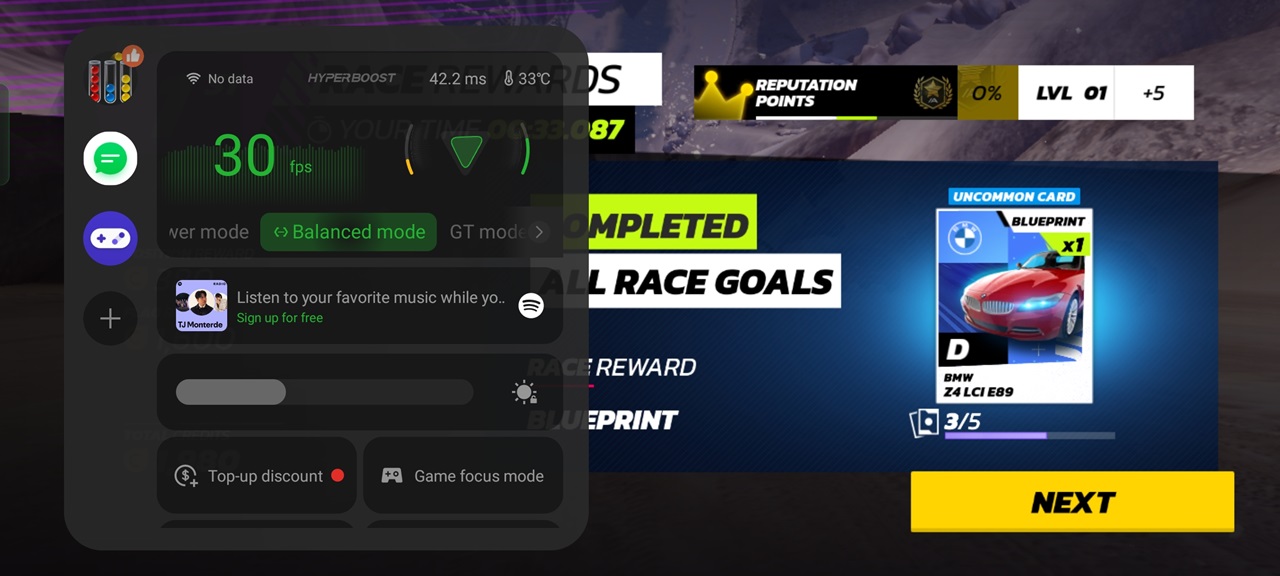
If you love high-octane, fast-paced games like Asphalt 9, the realme 13+ doesn’t disappoint. Right out of the gate, it ran smoothly, and we didn’t notice any lag. After 10 minutes of gameplay, the phone’s temperature started at a cool 30°C and gradually went up to 33°C, which is nothing to worry about for this kind of game. The graphics were sharp, and gameplay was consistent at around 30 FPS.
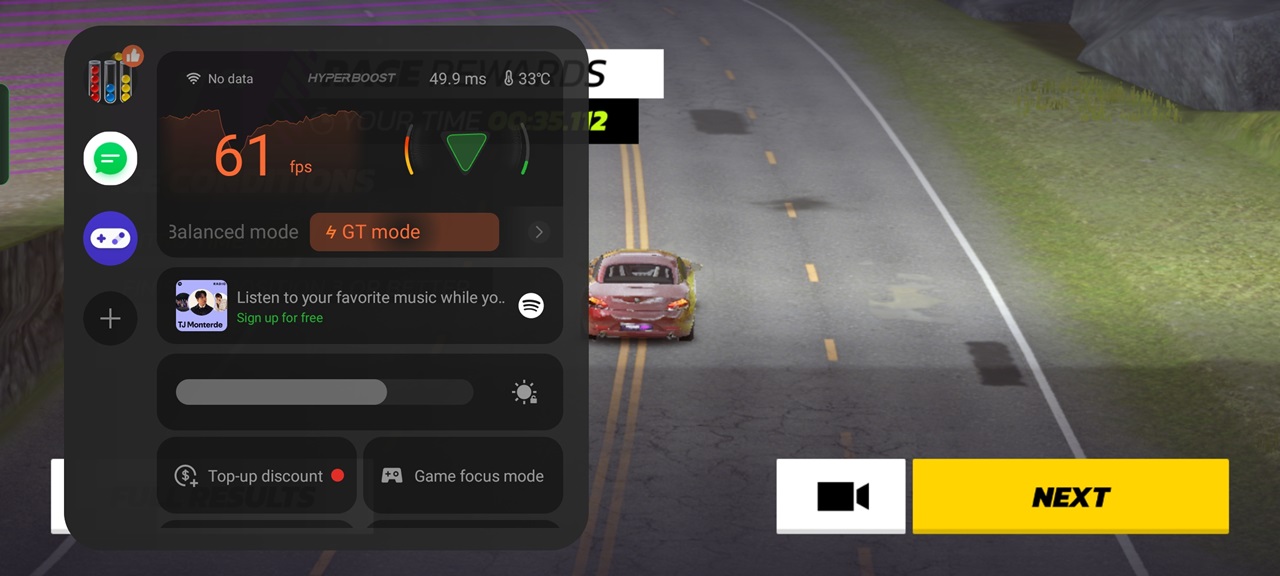
Meanwhile, when we kicked on GT Mode (which basically turns the phone into beast mode for gaming), the temp climbed up a bit faster, hitting 35°C after just 5 minutes. Even then, the phone stayed responsive, and there was no feeling of it getting too hot to handle. FPS stayed steady at 59-61, so no major drops there.
Call of Duty: Warzone
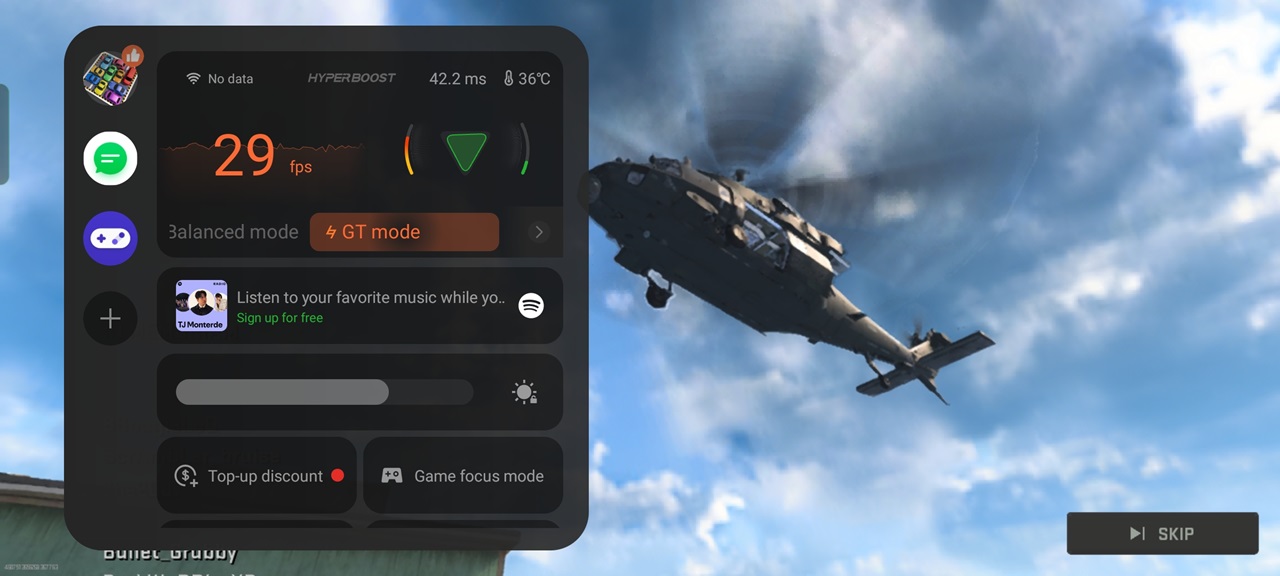
You know how demanding this game can be, right? We followed the game’s advised settings with the FPS Target set to STANDARD, and the FPS hovered around 29 to 30, which honestly felt a bit lacking. During our gameplay, it didn’t manage to hit that sweet spot of 60 FPS that you’d typically want in a shooter. For casual matches and some battle royale action, it’s playable, but if you’re a competitive gamer, you might feel the need for something a bit faster.
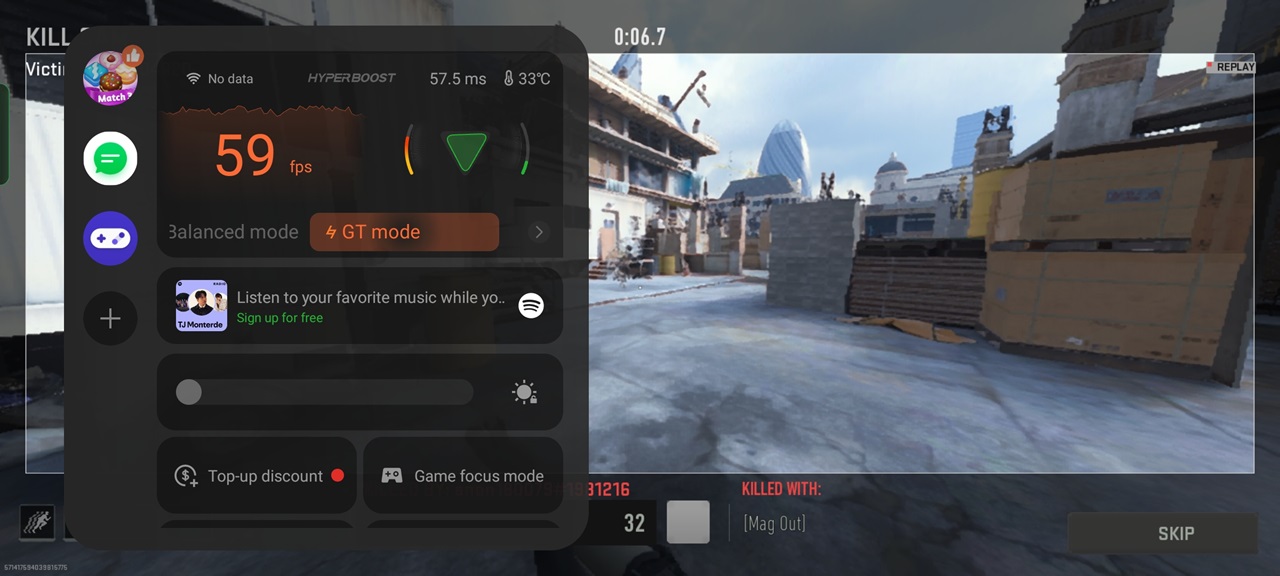
However, when we switched the FPS Target to UNCAPPED, we saw a big improvement, with the FPS climbing up to 59 FPS. Gameplay was noticeably smoother, and aiming felt more responsive. The trade-off? The phone’s temperature shot up quicker too. In less than 5 minutes, it jumped from 30°C to 33°C, not a dealbreaker, but something to keep in mind if you’re planning on longer sessions.
Honor of Kings
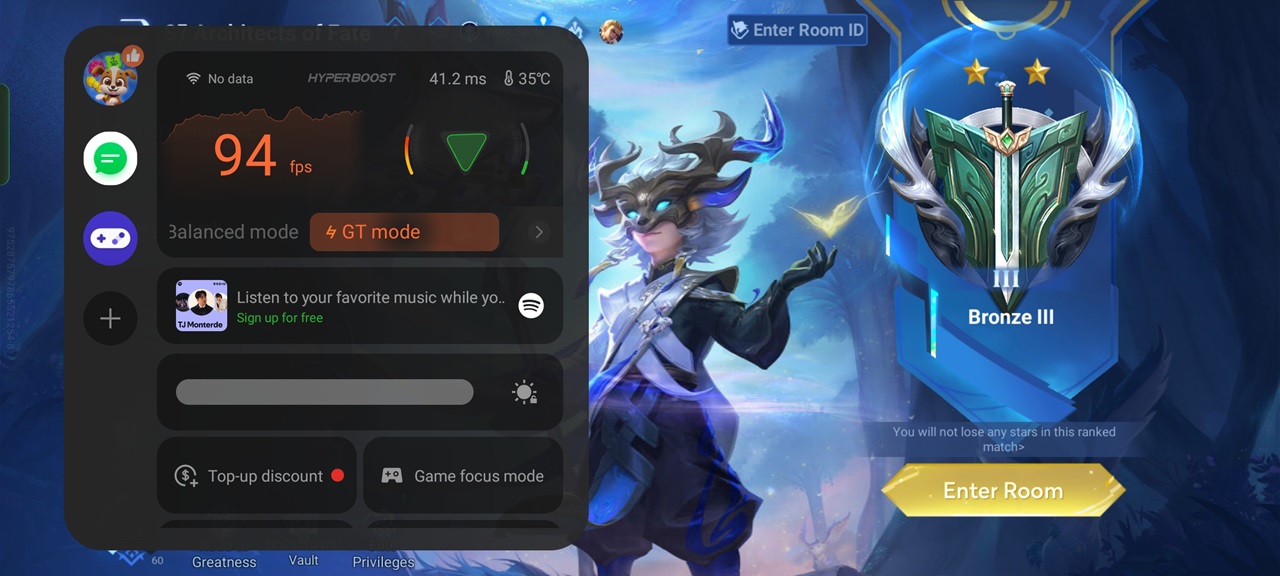
Honor of Kings was where the realme 13+ really performed well. Running in GT Mode, the phone kept its cool, sitting at 35°C after a 10-minute match. The best part? We were getting an average of 90 FPS the entire time, and the game felt incredibly smooth. During our test game play, it peaked at 94 FPS. If you’re into MOBAs, you know how important that touch response is and the realme 13+ had no issues pulling off precise moves. The AMOLED display also popped with vibrant colors, making the experience even more immersive.

Is It Worth It for the Everyday Gamer?
Overall, the realme 13+ is a good choice if you’re into mobile gaming but don’t want to drop flagship-level cash. It holds up well in games like Honor of Kings and Asphalt, keeping things cool and smooth. While it doesn’t quite hit the high frame rates you’d want for something like Call of Duty: Warzone, it’s still more than capable for most casual and competitive gamers.
For us, it’s a phone that strikes a great balance. It’s got enough power under the hood to deliver smooth gameplay, and GT Mode is a killer feature when you need that extra push. If you’re after a reliable midrange phone for gaming, the realme 13+ definitely deserves a spot on your shortlist.
The realme 13+ is launching in the Philippines on October 24, so stay tuned for updates and our full review!

